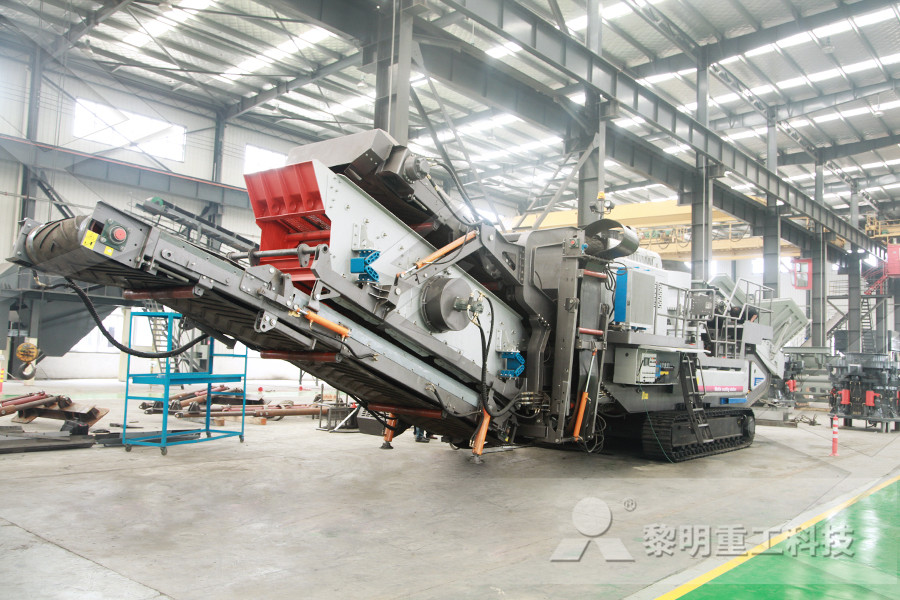
to limestone to pure calcium carbonate process
limestone is the name given to any rock formed which consists mostly of calcium carbonate (caco3), but to geologists, limestone is only one of several types of carbonate rocks these rocks are composed of more than 50 % carbonate minerals, generally containing the mineral calcite (pure caco3) limestone is a sedimentary rock composed mainly limestone to pure calcium carbone process limestone to pure calcium carbone process Limestone Wikipedia, the free encyclopedia Limestone is a sedimentary rock composed largely of the minerals calcite and aragonite, which are different crystal forms of calcium carbonate (CaCO3)limestone to pure calcium carbonate processPrecipitated calcium carbonate (CAS: 471341) is produced industrially by the decomposition of limestone to calcium oxide followed by subsequent recarbonization or as a byproduct of the Solvay process (which is used to make sodium carbonate) Precipitated calcium carbonate is purer than ground calcium carbonate Calcium carbonate CaCO3 PubChem
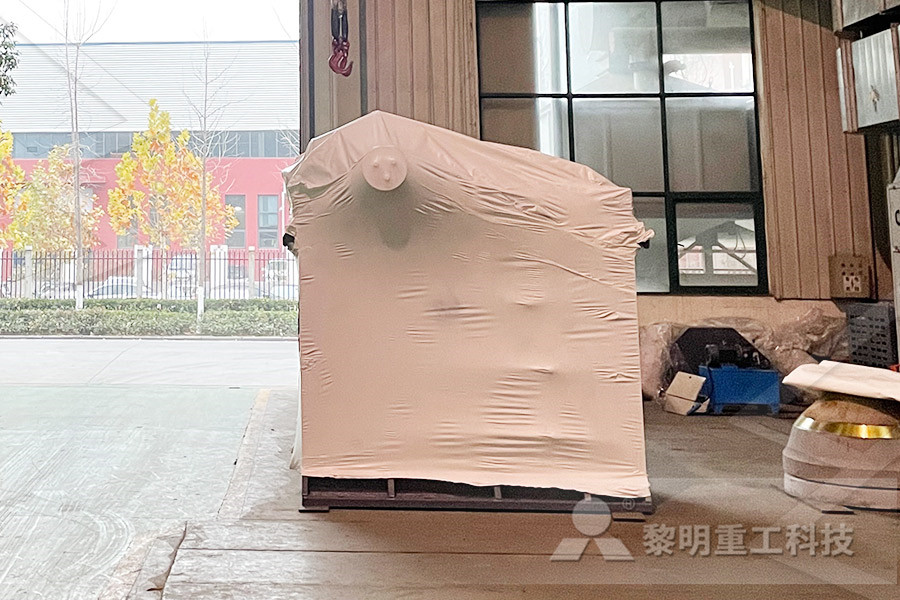
What is the relationship between calcium carbonate and
As marble, calcium carbonate is a coarsecrystalline, metamorphic rock, which is formed when chalk or limestone is recrystallised under conditions of high temperature and pressure What common compound makes up chalk limestone and marble? Calcium carbonate Calcium carbonate, CaCO3, is one of the most common compounds on Earth , making up about So, in simple terms, if the process were carried out with 1 tonne of limestone which was pure calcium carbonate, it should produce 560 kg of quicklime And if 180 kg (approximately 180 litres) of water were added to this quicklime, then 740 kg of calcium hydroxide should resultHOW TO CALCULATE EFFICIENCY OF YOUR LIME The major synthetic pathway is circular: limestone is mined, then it is heated which produces lime and carbon dioxide The lime is then mixed with water and C O X 2 is added (bubbled in/through) and C a C O X 3 precipitates It is then dried Purification experimental chemistry How to obtain calcium carbonate
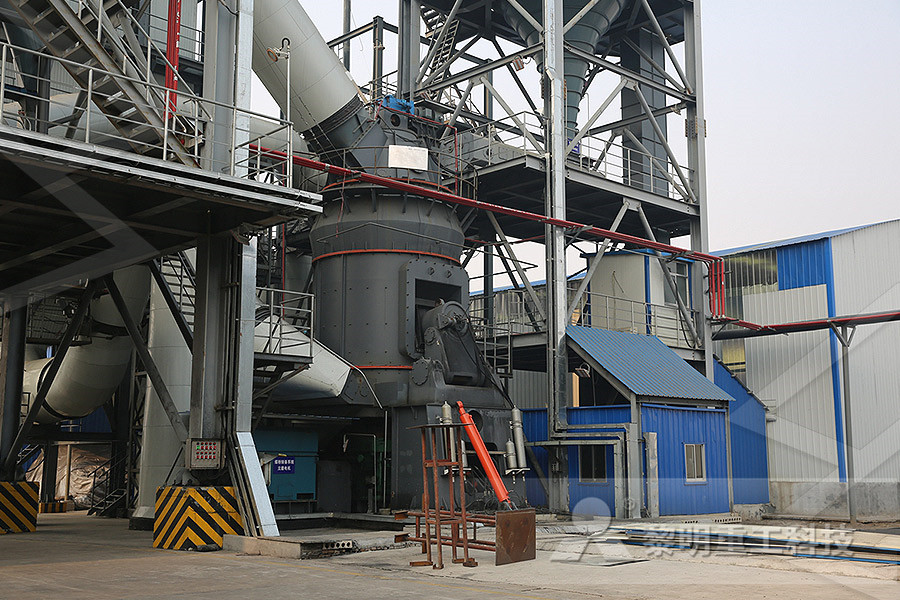
SOLUTIONMINERAL EQUILIBRIA PART 1: CARBONATES
Under natural conditions the dissolving of calcium carbonate is somewhat more complicated, because the acids involved are usually weak rather than strong When limestone dissolves in carbonic acid, for example, the overall process may be summarized by the reaction CaC03 + H2C03+ Ca2+ + 2HCO) (34) calcite The main component of limestone is calcium carbonate (CaCO3), also known as calcite, which is formed by the compaction of the remains of coral animals and plants on the bottoms of oceans It varies from a soft white substance (chalk) to a very hard substance (marble) Most commercial limestone deposits are a brownish rockChapter 5 Characterisation of limestone and lime CorrectedCalcium Carbonate Formula It is a chemical compound with the chemical formula CaCO 3; It is a white insoluble powderlike substance which occurs naturally in minerals, chalk, marble, limestone, calcite, shells, pearl, etc; Medicinally, it is used as an antacid or as a calcium Calcium Carbonate (CaCO3) Uses, Preparation, Properties

Calcite, limestone and marble Earth Sciences Museum
Back to Rocks and Minerals Articles Kelly Snyder and Peter Russell Calcite: A mineral consisting largely of calcium carbonate (CaCO3 ) Next to quartz, it is the most abundant of the Earth's minerals Crystallizing in the hexagonal system, calcite is noted for its wide variety of crystalline forms Calcite is colourless or white when pure, but it may be of almost any colour Under natural conditions the dissolving of calcium carbonate is somewhat more complicated, because the acids involved are usually weak rather than strong When limestone dissolves in carbonic acid, for example, the overall process may be summarized by the reaction CaC03 + H2C03+ Ca2+ + 2HCO) (34) calciteSOLUTIONMINERAL EQUILIBRIA PART 1: CARBONATES 5 Characterisation of limestone and lime 51 Limestone 511 Composition The main component of limestone is calcium carbonate (CaCO3), also known as calcite, which is formed by the compaction of the remains of coral animals and plants on the bottoms of oceans It varies from a soft white substance (chalk) to a very hard substance (marble)Chapter 5 Characterisation of limestone and lime Corrected
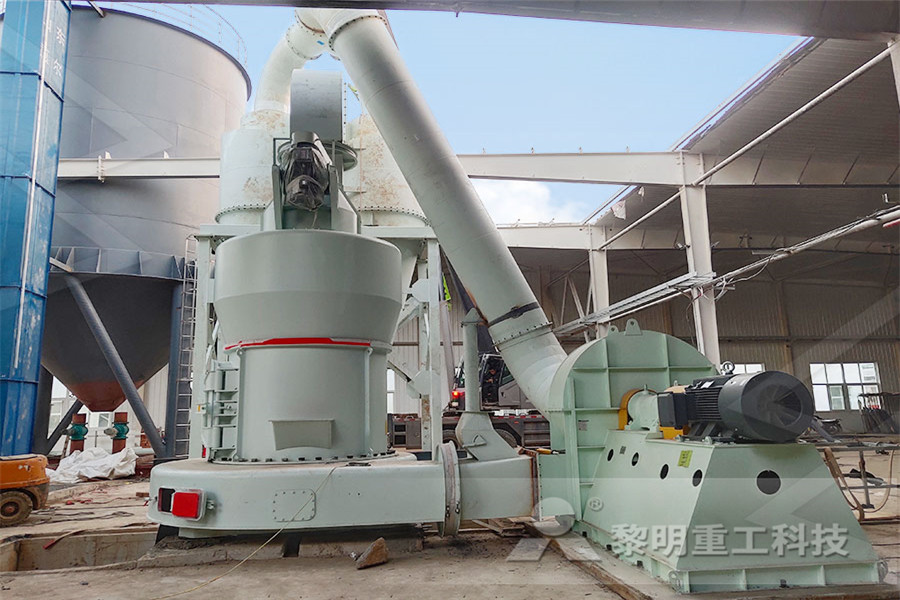
Calcium carbonate Essential Chemical Industry
Calcium carbonate Three types of calcium carbonatecontaining rock are excavated and used by industry They are limestone, chalk and dolomite Limestone and chalk are both forms of calcium carbonate and dolomite is a mixture of calcium and magnesium carbonates All have impurities such as clay but some rocks are over 97% pureCalcium Carbonate Equivalence (CCE) This standard compares the liming material to pure calcium carbonate (CaCO 3) Some materials such as hydrated lime and burned lime will have a CCE higher than 100% Pure magnesium carbonate (MgCO 3) will neutralize about 12 times more acidity than CaCO 3 so dolomitic limestone will have a higher CCELiming Materials Cornell Cooperative Extension Limestone is the name given to any rock formed which consists mostly of calcium carbonate (CaCO3), but to geologists, limestone is only one of several types of carbonate rocks These rocks are composed of more than 50 % carbonate minerals, generally containing the mineral calcite (pure CaCO3) Limestone Limestone and Lime – IspatGuru
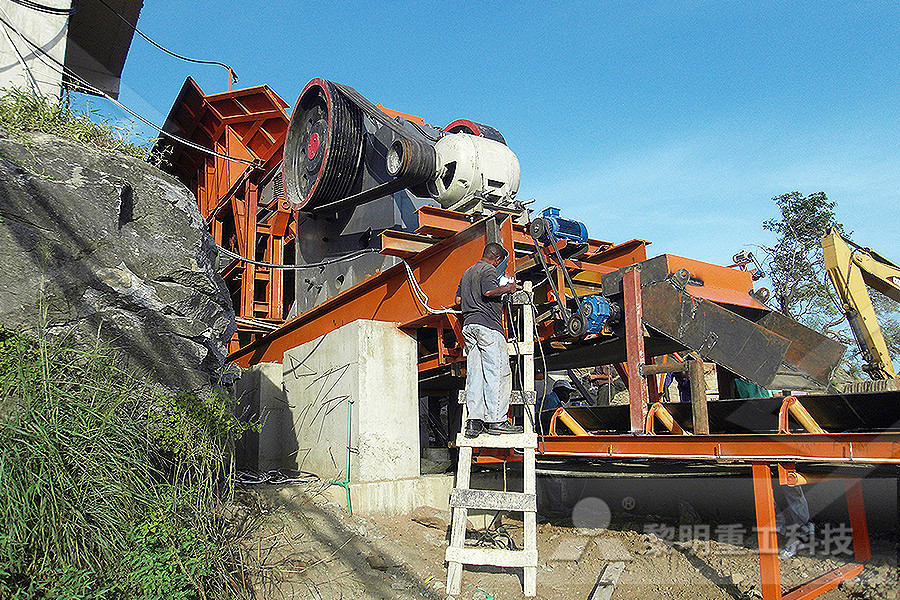
Calcination of Limestone – IspatGuru
Limestone is generally classified into the two types namely (i) high calcium in which the carbonate content is composed mainly of CaCO3 with a MgCO3 content not more than 5 % (usually less), (ii) magnesium or dolomitic limestones which refers to a limestone containing MgCO3 at a higher level than limestone but less than dolomite and which Limestone is rarely 100% pure due to impurities Salem Limestone is considered chemically pure—it is about 97 percent calcium carbonate Crystal healers consider limestone as a healing stone benefitting overall health and wellbeing It gives relief for muscle spasms and activates the Root Chakra in the bodyLimestone Formation, Composition, Types and Uses Back to Rocks and Minerals Articles Kelly Snyder and Peter Russell Calcite: A mineral consisting largely of calcium carbonate (CaCO3 ) Next to quartz, it is the most abundant of the Earth's minerals Crystallizing in the hexagonal system, calcite is noted for its wide variety of crystalline forms Calcite is colourless or white when pure, but it may be of almost any colour Calcite, limestone and marble Earth Sciences Museum
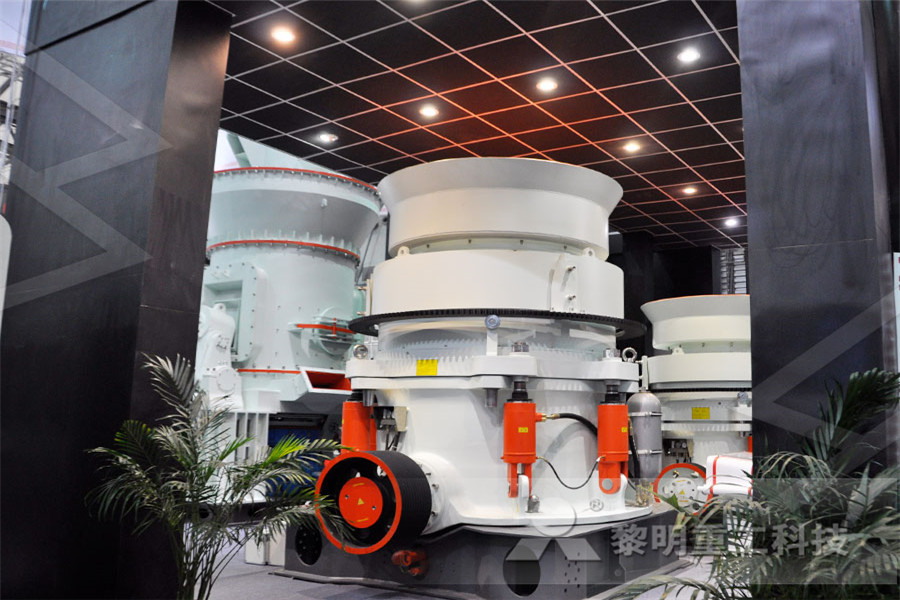
Limestone Types, Properties, Composition, Formation, Uses
During the 1700s, limestone was used for lithography which is when pictures are drawn on stones and then copied to other stones Because limestone contains the remains of dead organisms, it is considered an organic sedimentary rock There are rare chemical sedimentary rocks that form from the precipitation of calcium carbonate from ocean water In general, limestone with 94% or greater calcium carbonate content provides excellent alkalinity for reaction However, at times it is not possible, or economically feasible, to acquire such pure Scrubbing: Optimizing Flue Gas Desulfurization Limestone is the name given to any rock formed which consists mostly of calcium carbonate (CaCO3), but to geologists, limestone is only one of several types of carbonate rocks These rocks are composed of more than 50 % carbonate minerals, generally containing the mineral calcite (pure CaCO3) Limestone Limestone and Lime – IspatGuru
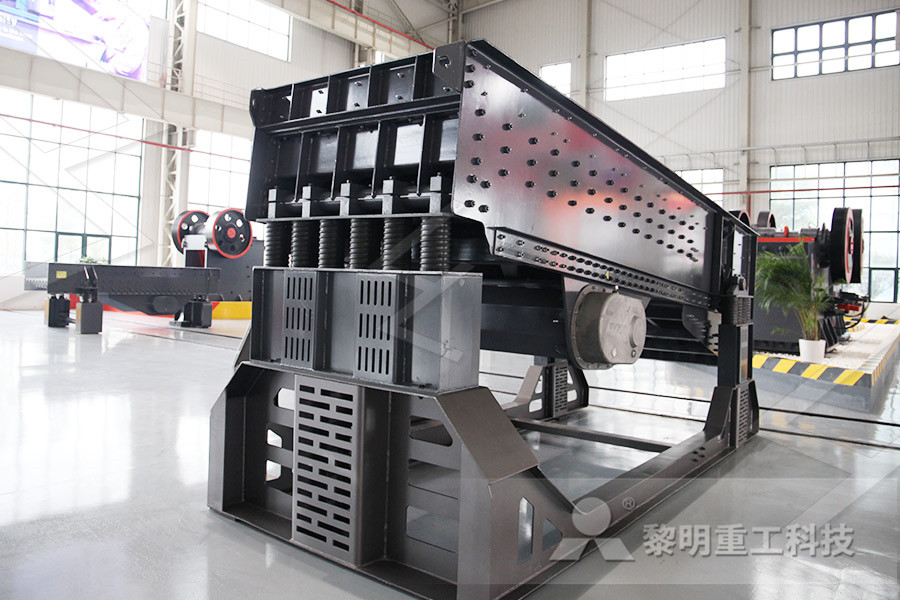
Limestone—A Crucial and Versatile Industrial Mineral
“Limestone” means any rock formed mostly of calcium carbonate (CaCO 3), but to geologists, limestone is only one of several types of “carbonate rocks” These rocks are composed of more than 50% carbonate minerals, generally the minerals calcite (pure CaCO 3) or dolomite (calciummagnesium carbonate, CaMg[CO 3] 2) or both As it stands, calcium carbonate (in pure form or as limestone) is used as a carrier for most premixed products (drugs, vitamins, trace minerals, nutritional additives and even some concentrates) It is even added at the rate of 05 percent in soybean In layer diets, limestone is not just calcium carbonate I read calcium carbonate is the main component of seashells and other animals' shells (such as snails), and also limestone How can I prepare pure $\ce{CaCO3}$? Could someone describe the process and the chemical equations involved? I saw this video and apparently that's one way Are there others? For example, is there a way to obtain calcium experimental chemistry How to obtain calcium carbonate
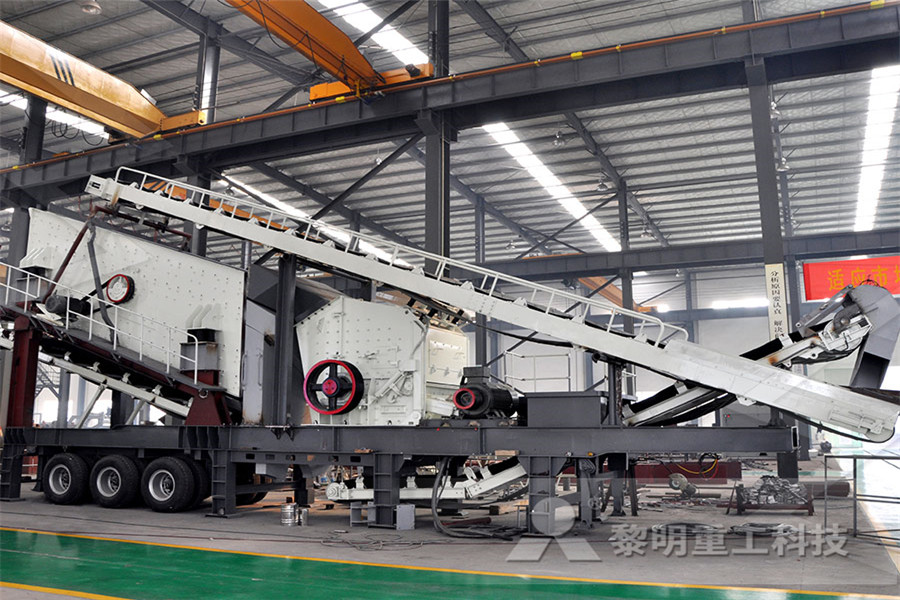
Lime Production: Industry Profile
Limestone can be categorized as either high calcium or dolomitic Pure highcalcium limestone is 100 percent calcium carbonate (100 percent calcite or aragonite) Generally, limestone of this purity does not occur naturally Highquality, highcalcium limestone would actually contain 97 to 99 percent calcium carbonate and 1 to 3 percent impurities Once the sedimentation process is complete, this results in the formation of limestone Marble, the hardest form of calcium carbonate, is a metamorphic rock, which is the result of the recrystallization process of limestone, under conditions of high pressure and temperature Precipitated Calcium Carbonate (PCC) created by man in a matter of hoursCalcium Carbonate Imerys Back to Rocks and Minerals Articles Kelly Snyder and Peter Russell Calcite: A mineral consisting largely of calcium carbonate (CaCO3 ) Next to quartz, it is the most abundant of the Earth's minerals Crystallizing in the hexagonal system, calcite is noted for its wide variety of crystalline forms Calcite is colourless or white when pure, but it may be of almost any colour Calcite, limestone and marble Earth Sciences Museum

Limestone Types, Properties, Composition, Formation, Uses
Limestone rocks beside Buttertubs; Limestone Rocks on the Beach; Limestone is a sedimentary rock such as greater than 50% calcium carbonate ( calcite – CaCO3)There are many exceptional kinds of limestone formed thru a ramification of tactics In general, limestone with 94% or greater calcium carbonate content provides excellent alkalinity for reaction However, at times it is not possible, or economically feasible, to acquire such pure Scrubbing: Optimizing Flue Gas Desulfurization Caption: In a demonstration of the basic chemical reactions used in the new process, electrolysis takes place in neutral water Dyes show how acid (pink) and base (purple) are produced at the positive and negative electrodes A variation of this process can be used to convert calcium carbonate (CaCO3) into calcium hydroxide (Ca(OH)2), which can then be used to make Portland cement without New approach suggests path to emissionsfree cement
- shoes in the impact crusher
- rockwell vertical milling machine model 100
- صغار معدات سحق الصخرة
- سعر معدات المحاجر المستعملة في البحرين
- كسارات للبيع في ماليزيا
- خبراء الكرة مطحنة
- aggregate feeder screening equipment for sale
- sat al crushing process in india
- steel plate shot blasting equipment supplier price
- آلة الفرز بالاهتزاز المختبر
- tracked jaw crusher weight
- bearing for ne crusher processing line
- state of alabama surface mining mmission permits
- خام الحديد الابتدائية محطم الهند
- 100 طن مصنع كسارة الصين
- آلات جديدة لتعدين الجرانيت
- oncrete breakers in south africa
- jaw crusher for terx cmi
- Flip Flow Vibrating Screen Vibration Calculation
- كيفية حساب فيو من fe2o3
- محطم كسارات كينيا
- طاحونة صخرة أو محطم
- jaw crusher rock crusher stone crusher
- الطين آلة محطم الأسعار الهند
- vibrating screen twin mechanism
- crushed sand to replace river sand
- 400tph limestone processing plant
- advantages of onsite service of mining equipment
- 400 tph cement crushing plant in ecuador
- درک از کار سنگ شکن ضربه ای
- كسارة الحجر المؤمن سورابايا
- impact crusher marketplace
- سحق آلة حجر في كراتشي في باكستان
- تقدير تكسير الحجارة
- vibration sensors for al mill al crusher horsepower
- آفریقای جنوبی الماس صادرات طلایی
- China Foton 4X2 Small Mini Freezer Truck Hot Sale Cooling Best
- feasibility studies for cement plant in malaysia
- berapa sewa untuk crusher batubara
- معدات تعدين خام النحاس للأردن
Stationary Crusher
Sand making equipment
Grinding Mill
Mobile Crusher








































